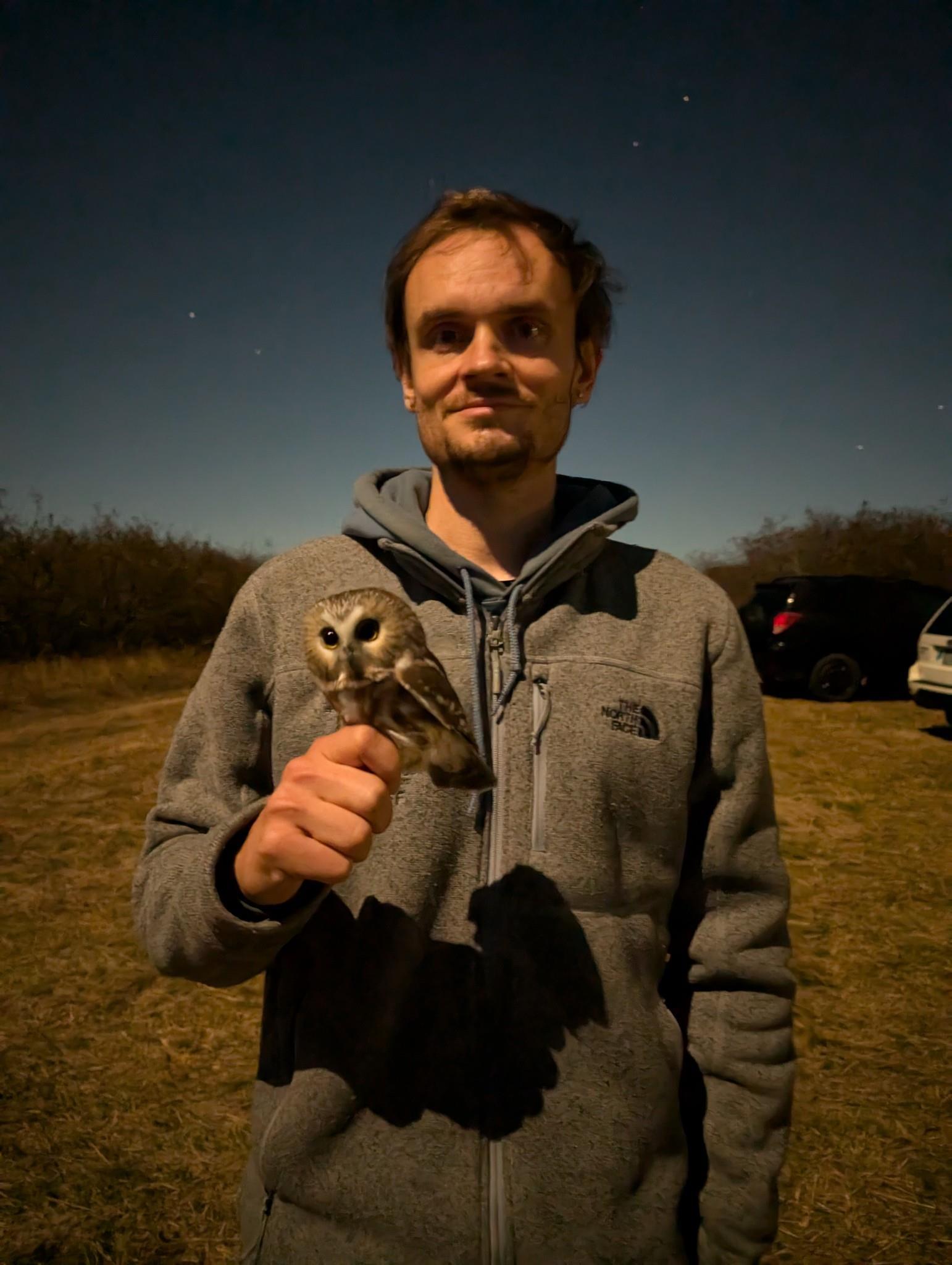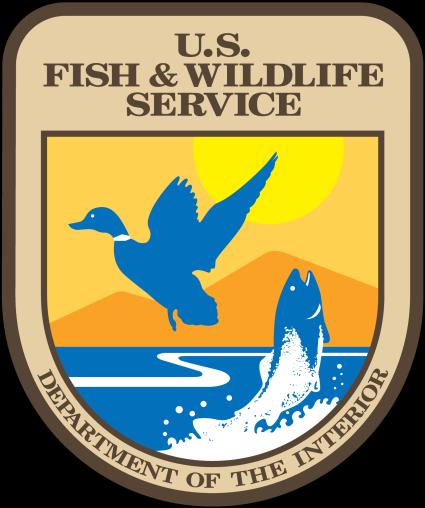










Overview: The Northern Saw-whet Owl Migratory Connectivity study is a Project Owlnet sponsored effort to increase the understanding of regional saw-whet owl movement patterns. Owls are being marked with cutting edge Nanotags registered with the Motus Wildlife Tracking System and GPS transmitters at a variety of locations. Owls will be marked during autumn migration, on the breeding grounds, during post breeding dispersal, and in late winter.
Field Study Period: The field study period started in June 2024 and will continue through fall of 2025.
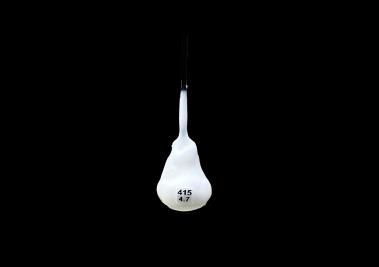
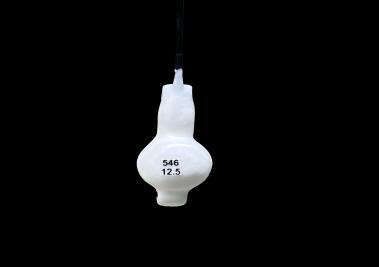

Primary Objectives
-Determine the degree of migratory fidelity, breeding, and non-breeding area philopatry in the Great Lakes and Eastern North America.
Secondary Objectives
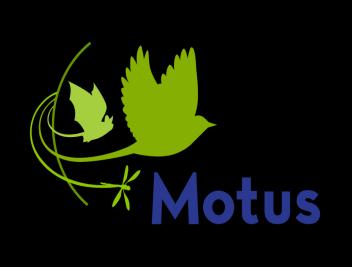
Click here to navigate to our project dashboard.
-Describe post-breeding dispersal and migration patterns from Whitefish Point, MI.
-Investigate the movement patterns of suspected residential populations in the central Appalachians. Technology:
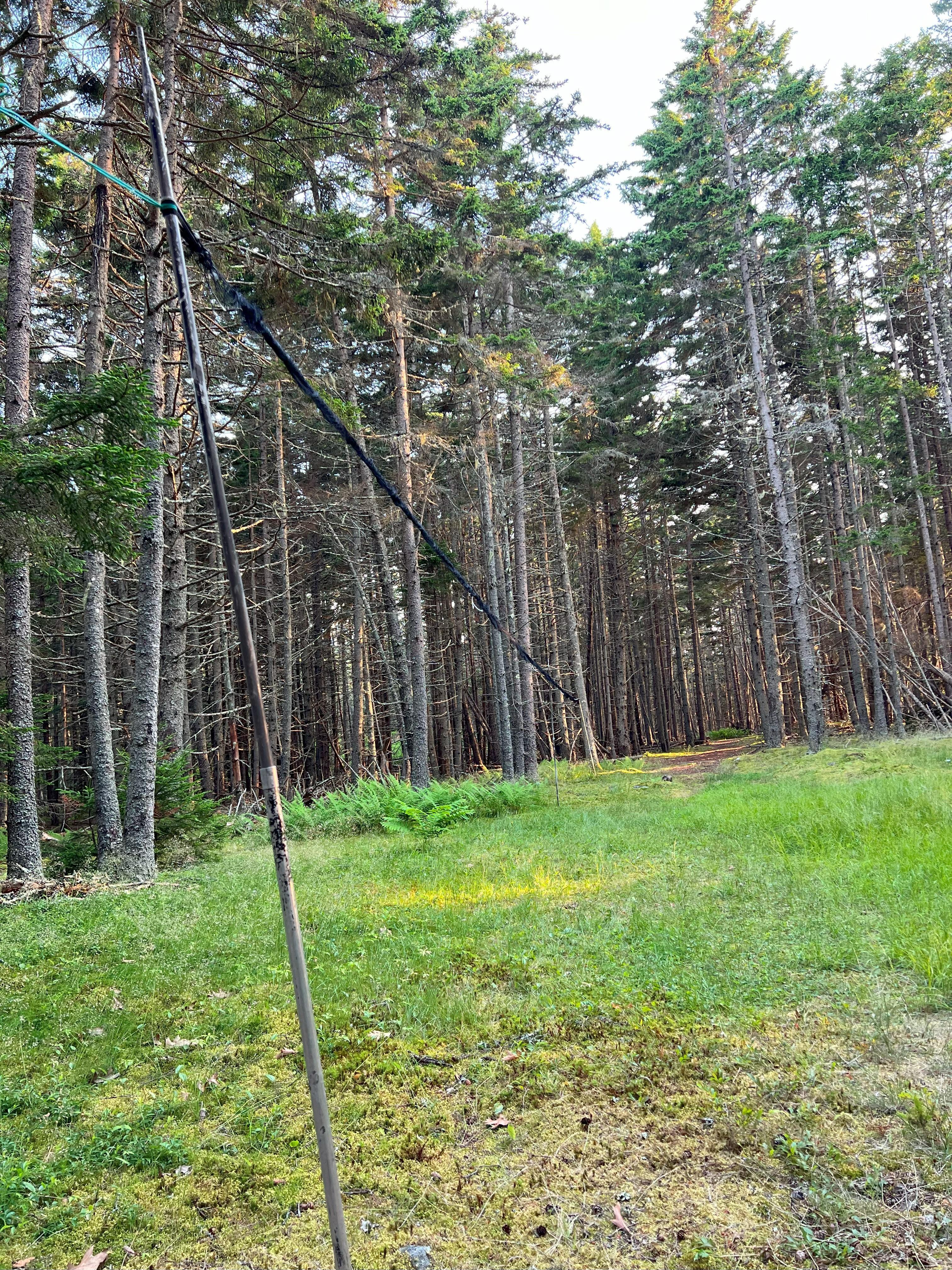
116 total Nanotags were deployed in 202491 deployed during migration and 25 deployed on breeding and post-breeding owls.
Fall migration deployment locations (2024):
Thunder Cape Peninsula, ON; Hilliardton Marsh, ON; Tadoussac, QC; Long Point, ON; Petit Manan Point, ME; Hawk Mountain Sanctuary, PA.
Breeding deployments: Davis, WV; Antigonish, NS.
22 Nanotags were deployed on post-breeding dispersal owls from Whitefish Point, MI in July– 12 were deployed on SY+ and 10 deployed on HY-J.
3 Nanotags were deployed on breeding owls- 1 in West Virginia, 2 in Nova Scotia.
Click the following hyperlinks to take you to each owl’s detection page on motus.org
55 Nanotags have been detected away from the original tagging location as of 31 Dec 2024.
Apparent year-round resident tagged outside of Davis, WV.
-Mfg ID 577 (Canaan Loop Rd)
Three owls have shown prolonged stopover or wintering behavior in close proximity to Motus stations.
-Mfg ID 602 (Whitefish Point -> Sarrett Nature Center)
-Mfg ID 704 (Old Cut Woodshop)
-Mfg ID 701 (Rushton Farms)
One tagged female occupying a nest box near Antigonish, Nova Scotia was detected continuously for 19 days before the receiver lost power.
-Mfg ID 599 (Nova Scotia Tag 02)
**Click the hyperlinked names
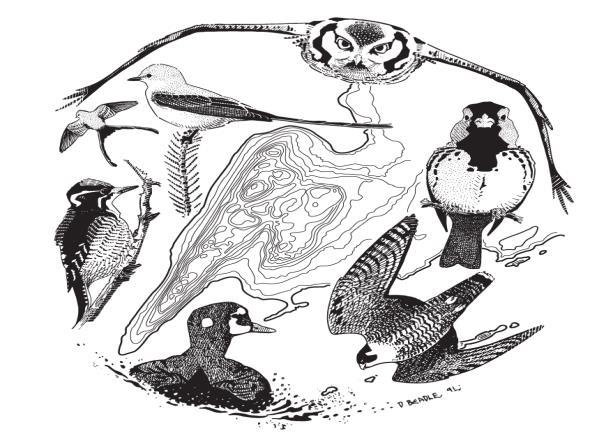





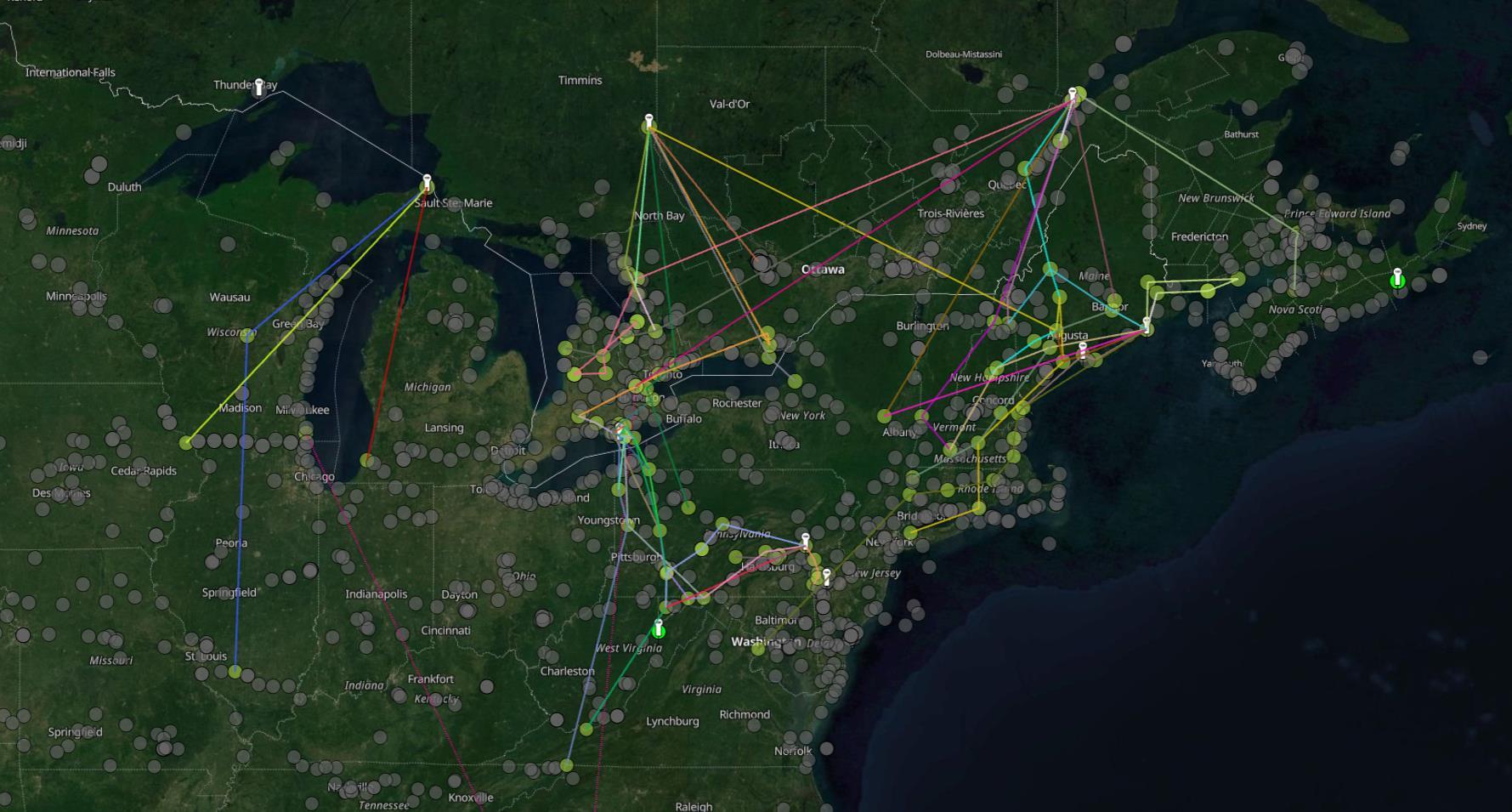
Tracks of Northern Saw-whet Owl movements between Motus receivers during the autumn of 2024. Small white Nanotag symbols are tagging locations, lime-green dots are detections of owls that did not move away from their banding locations, and yellow dots are detection locations. Screen-captured from motus.org on 2 Jan 2025.
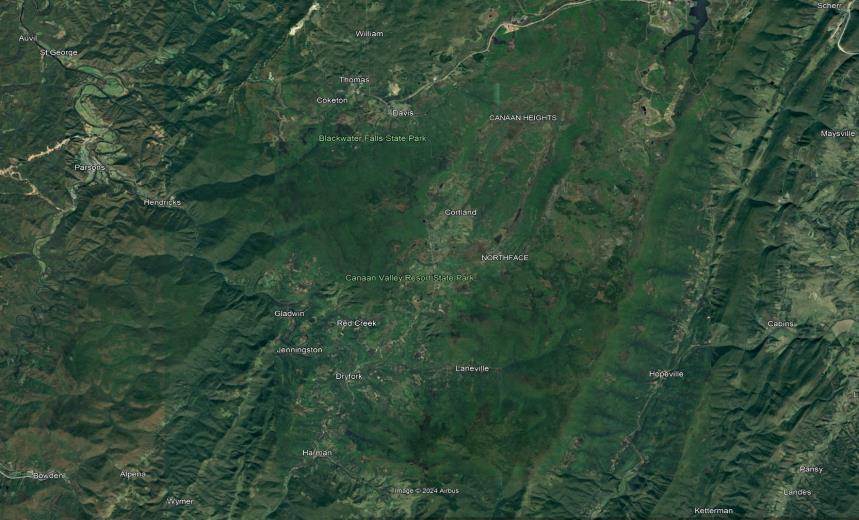
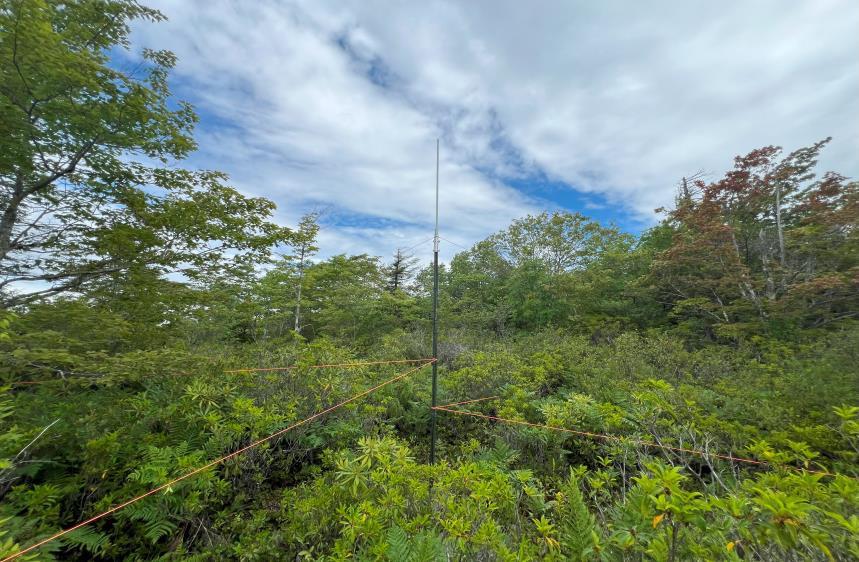
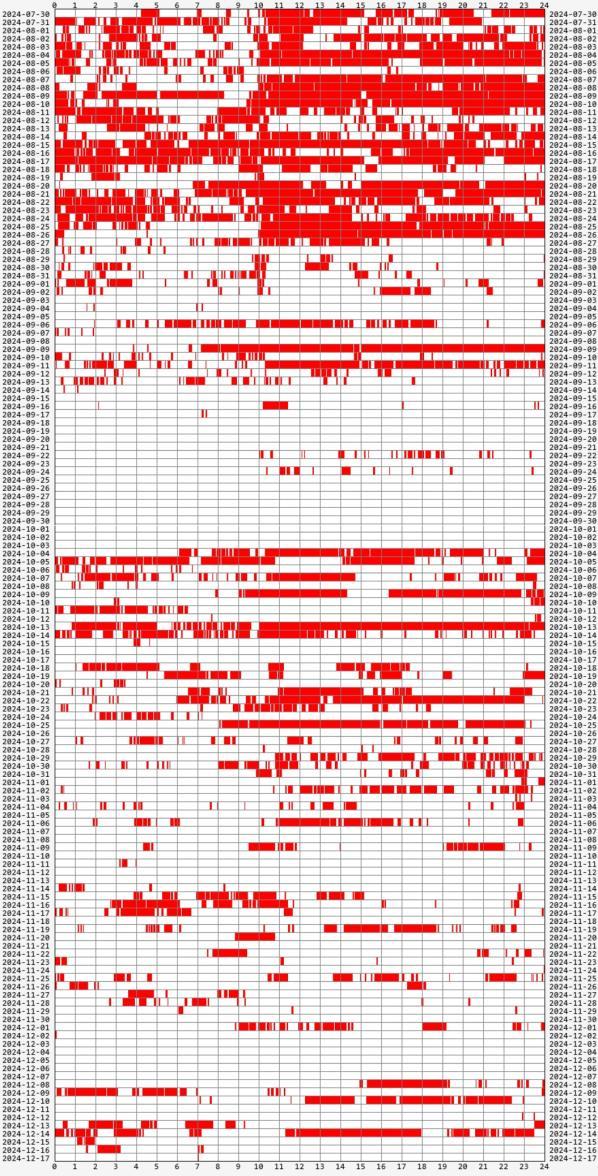
The owl remained on breeding territory from the tagging date on 30 July until 26 Aug, when it appeared to begin its territory expansion.
From 27 Aug – 3 Oct, it was detected irregularly. This could be due to increasing movements away from its primary breeding territory, or it could be a reflection of power brown-outages, where the solar panel + battery power temporarily dropped too low to consistently operate the receiver.
Irregular detections with occasional brown-outs show that the owl has increased the size of its wintering territory compared to that of its breeding territory.
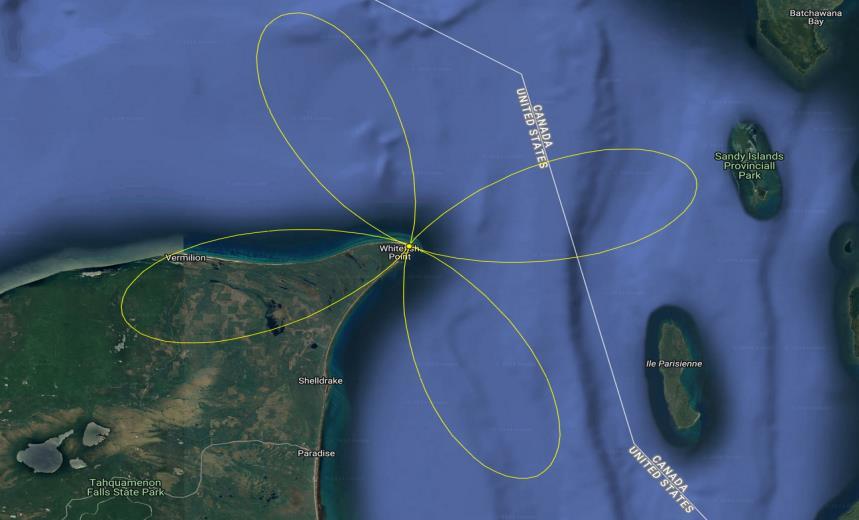
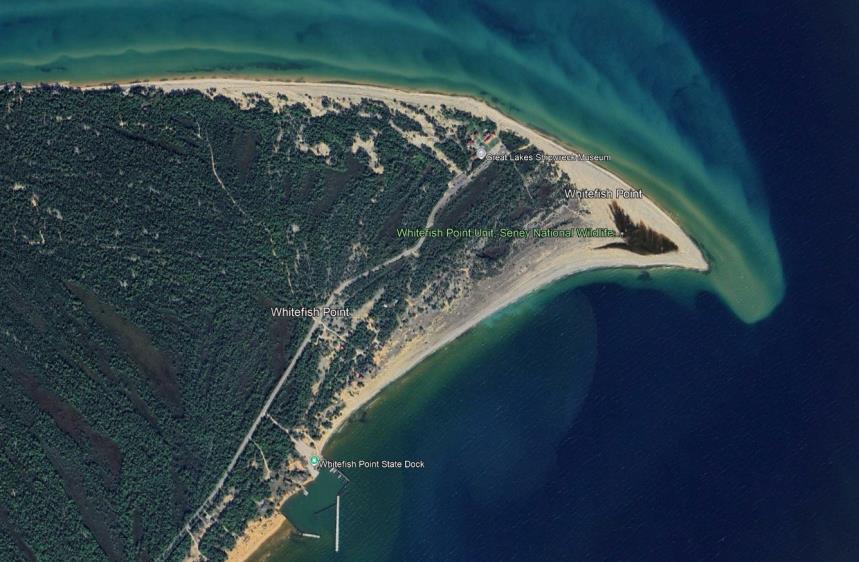
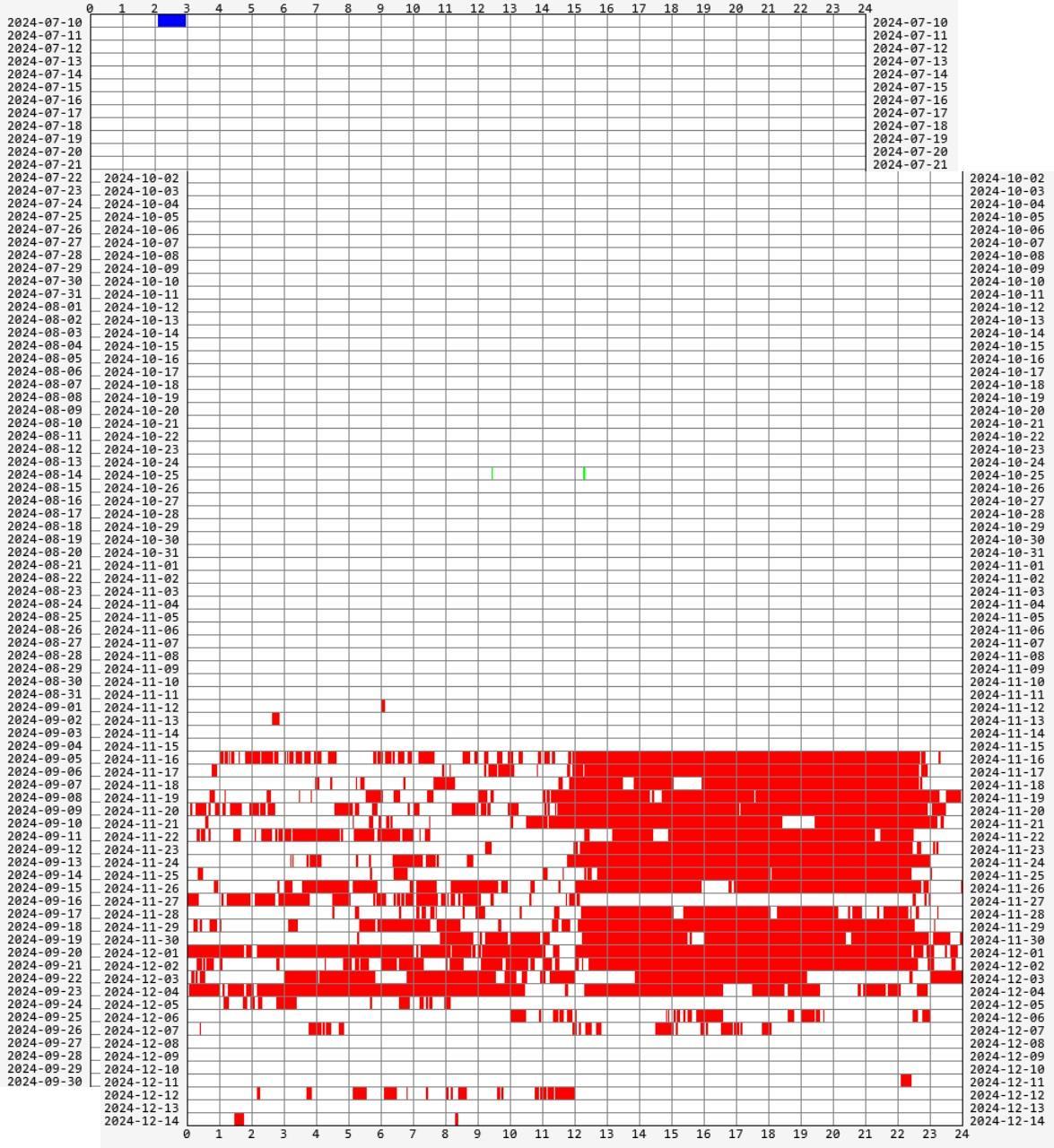
(Middle) This owl departed Whitefish Point (blue) almost immediately, remaining within the Motus station’s detection radius for an hour after deployment before its signal disappeared. 125 days later it was detected at Sarrett Nature Center (red), where it stop-overed for 32 days, but not before a brief detection at the Old Cut Woodshop Motus station (light green) in Long Point, ON, on 25 Oct.
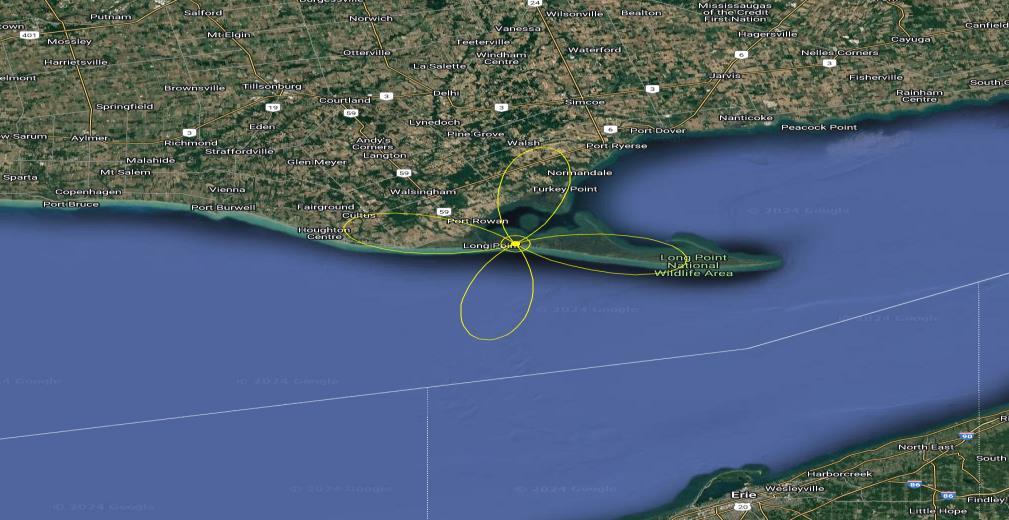
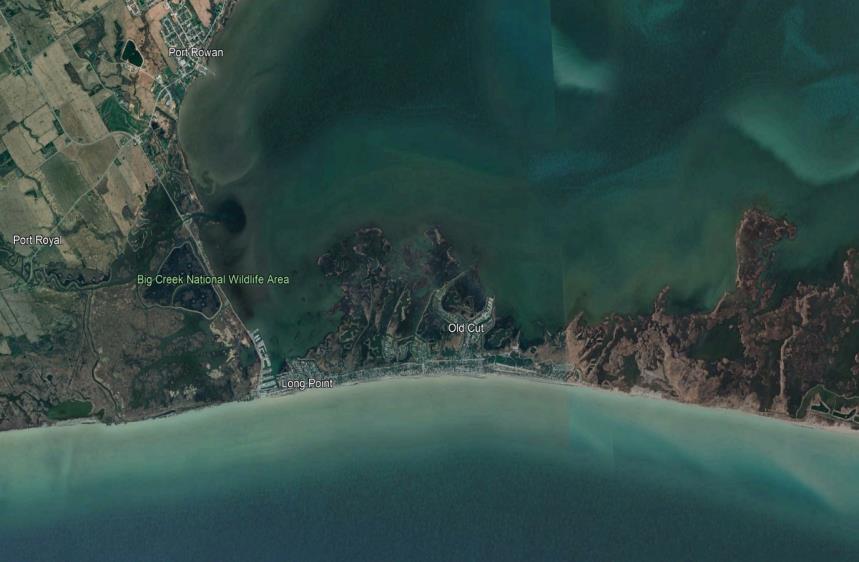
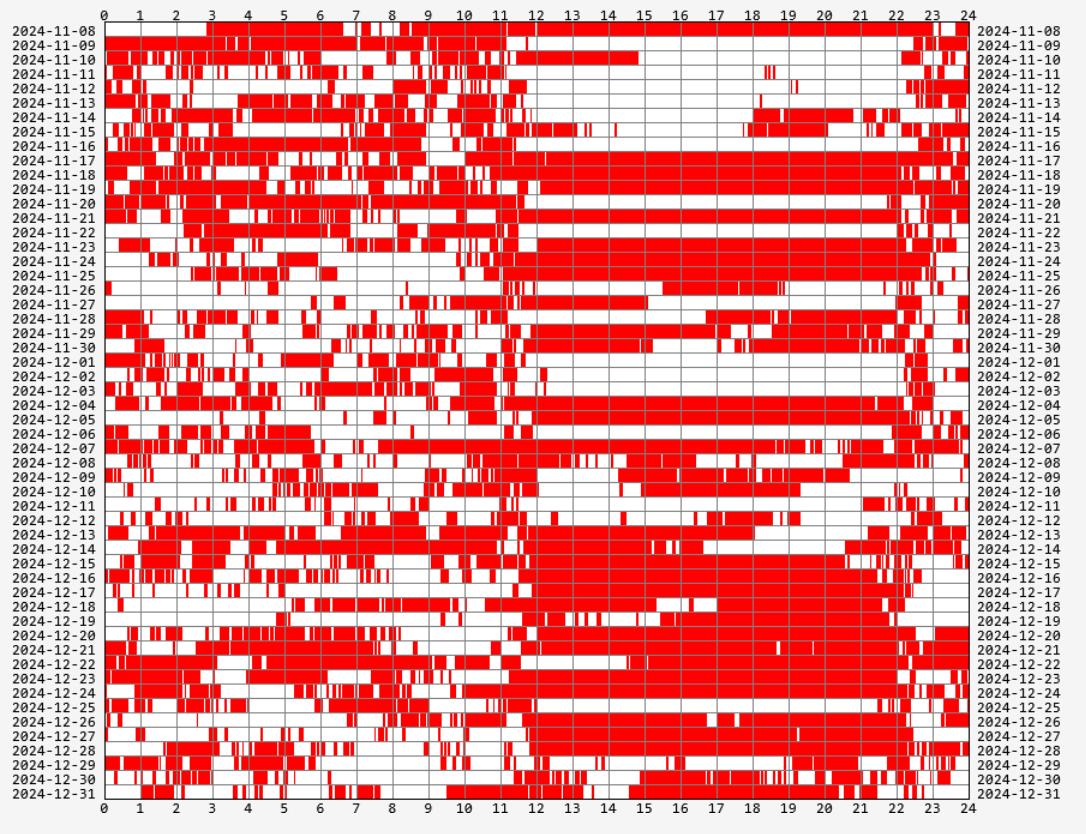
Second-Year, Female (Middle) This owl has remained within the tagging location’s Motus station detection radius since its initial deployment on 8 Nov 2024, and is still being detected here as of 31 Dec 2024 (54 days).
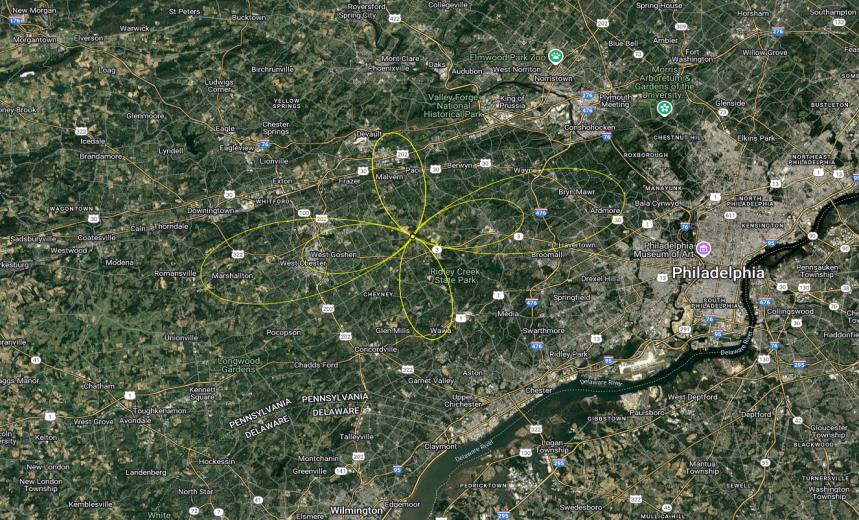
(Above) Approximate antenna range of
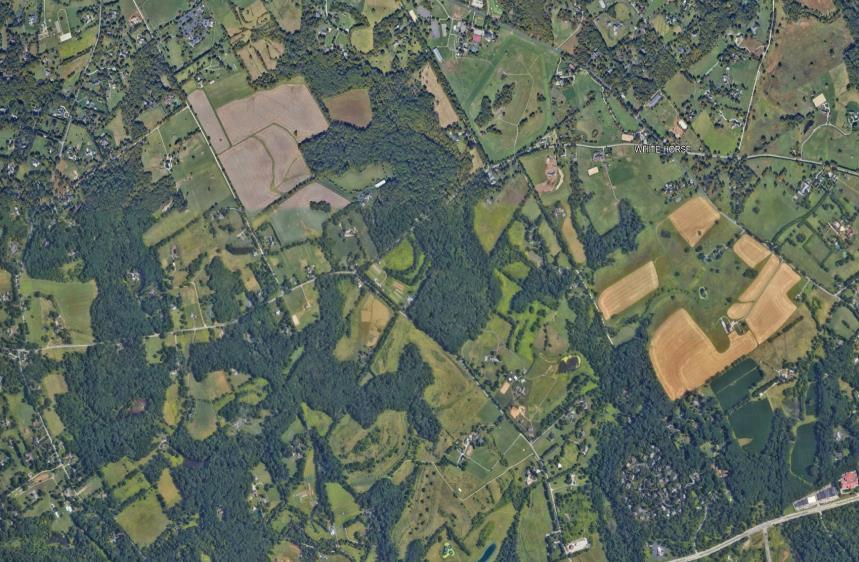
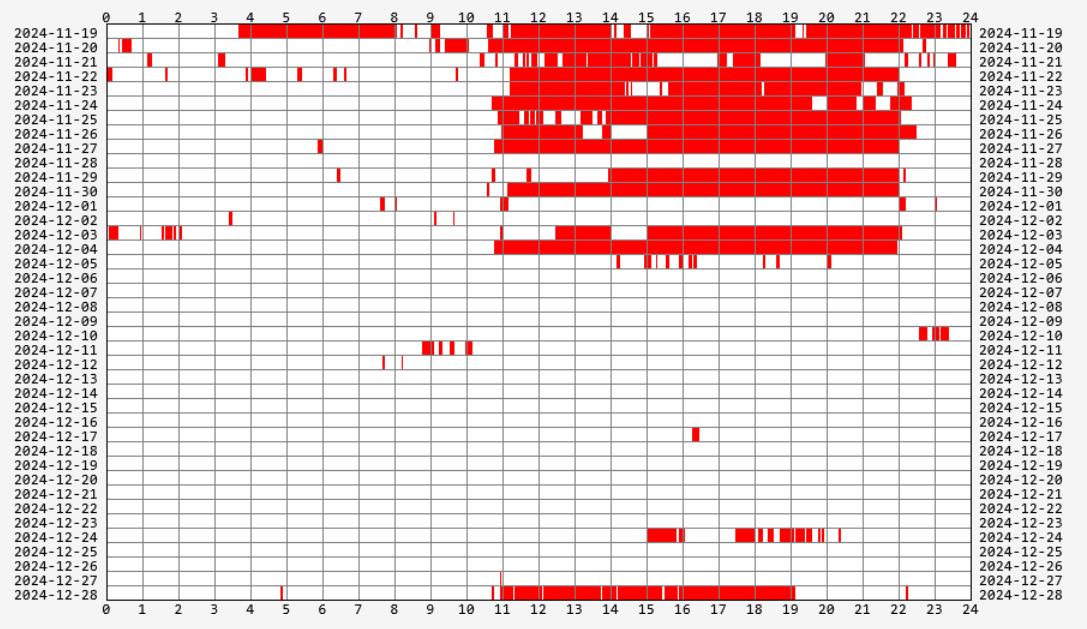
(Middle) This owl remained nearby the tagging location for 17 days before moving out of the Motus station’s detection radius. It was periodically detected over the next 24 days, indicating it must be wintering nearby or within fairly quick access to this location.
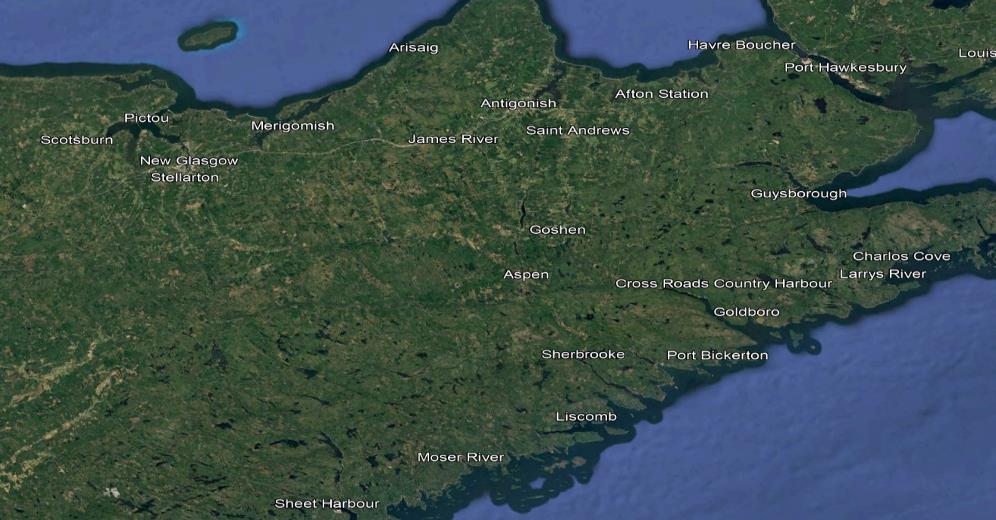
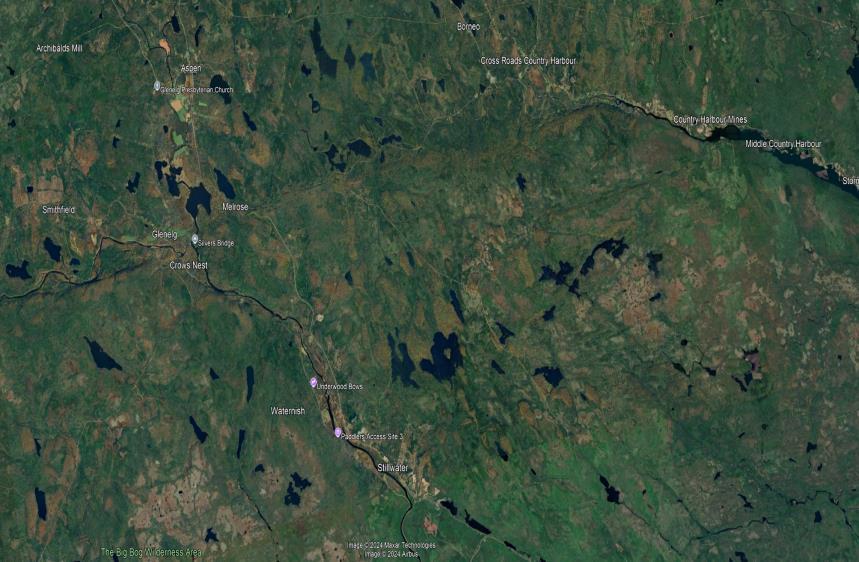

(Middle) This owl was detected continuously for 19 days until the battery powering the receiver had exhausted. No solar panel was connected to the battery due to its location in deep boreal forest. It is notable to distinguish that the receiver battery died on 11 July, not the Nanotag. We hope to see more detections from this individual in the future.
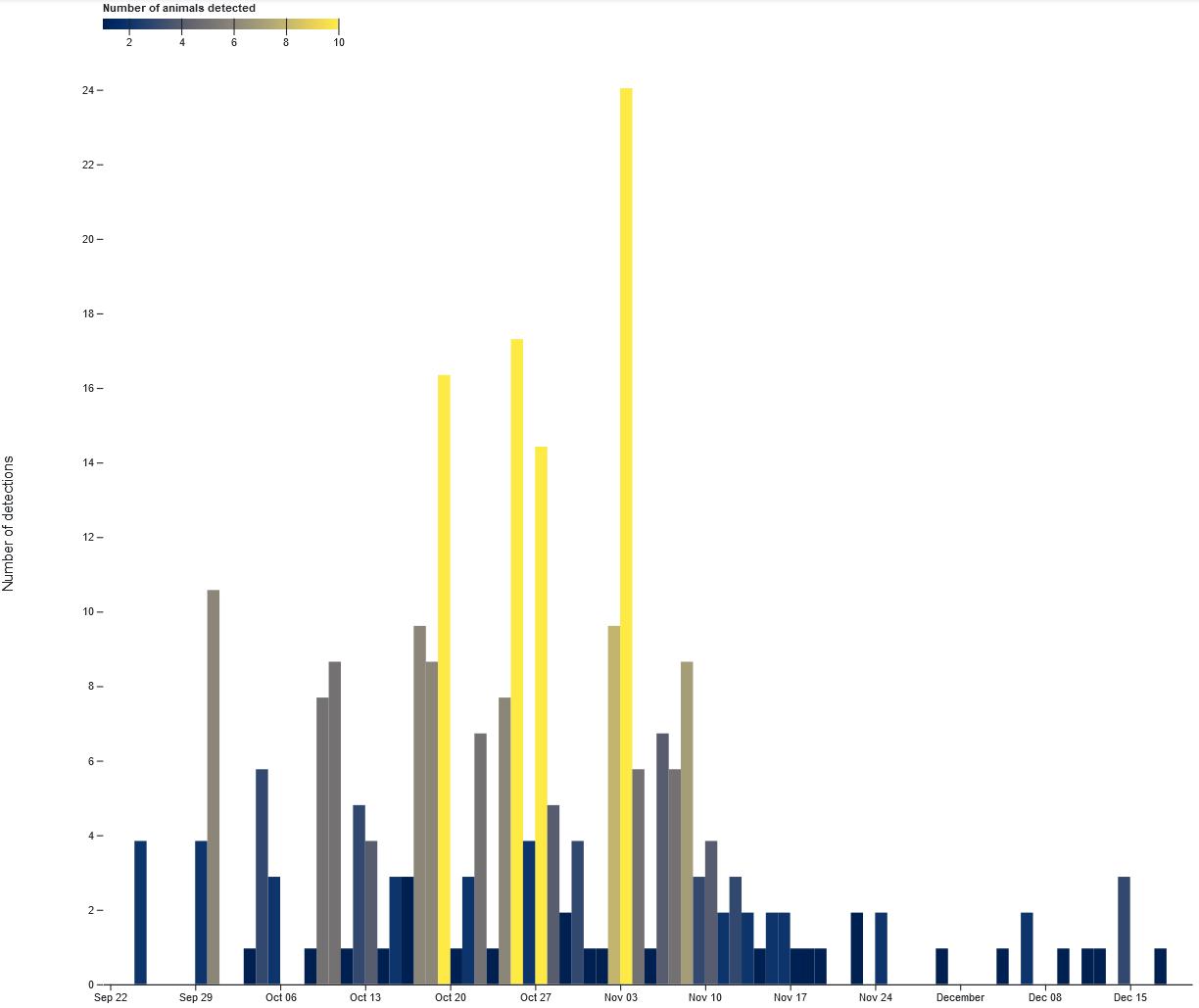
A histogram of Northern Saw-whet Owl movement timing derived from Nanotag detections during the autumn of 2024. The bar color reflects the number of individuals detected; see the small scale in the upper left corner of the graphic. Screencaptured from motus.org on 2 Jan 2025.
Jan – Mar: Winter Nanotag and GPS deployments
-Assateague Island, MD; Rushton Farm, PA; Hawk Mountain Sanctuary, PA; Powdermill Avian Research Center, PA. Locations selected due to presence of suspected overwintering saw-whets and locally permanent Motus stations.
--Designed to monitor winter movement and document spring departure dates.
Mar – Apr: Flicker GPS ULP tagging on northbound owls. Target is 6 deployments.
June – July: Continue deploying Nanotags and begin deploying GPS tags throughout the breeding season in eastern WV, western PA, and western MD.
July: Continue Nanotagging at Whitefish Point to investigate post-breeding dispersal movements.
Sep – Nov: Second fall migration Nanotag deployment. Goal is 75 additional tag deployments across five locations.

Other saw-whet Nanotagging efforts during the same time window from across the Midwest and Eastern North America are invited to pool their data into a larger dataset for a greater regional analysis.
Tagging owls at breeding or wintering sites is strongly encouraged!



Questions?
Aaron Coolman – acoolman@udel.edu
Scott Weidensaul – scottweidensaul@verizon.net
Dave Brinker – dfbrinker@verizon.net
